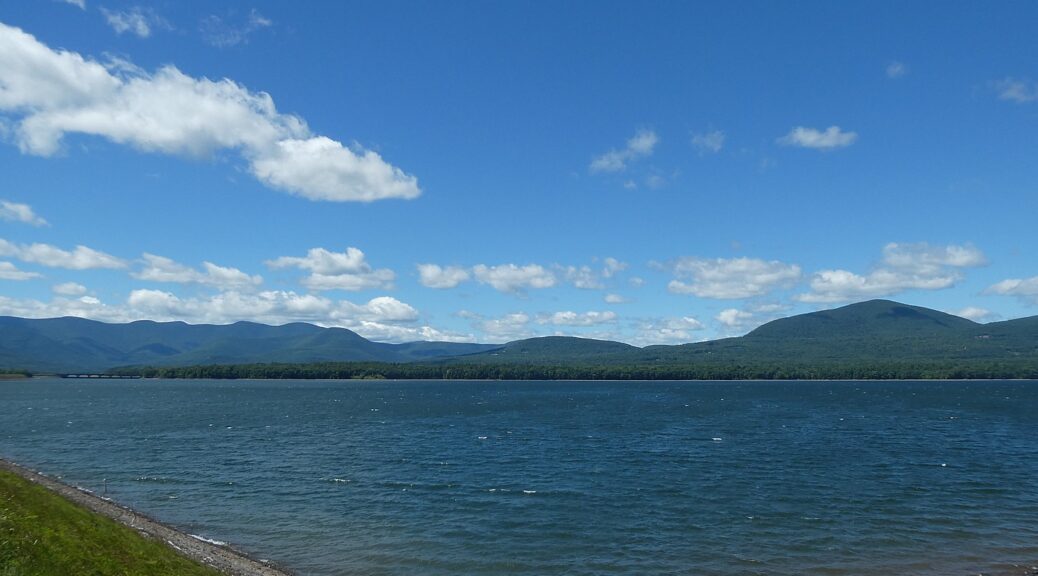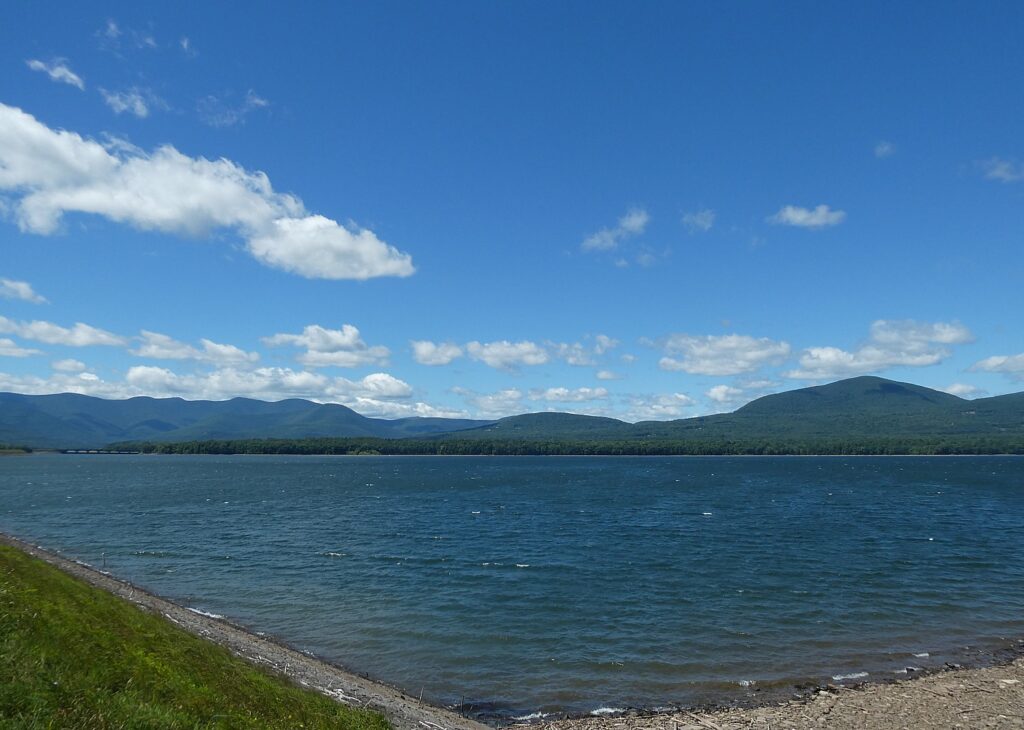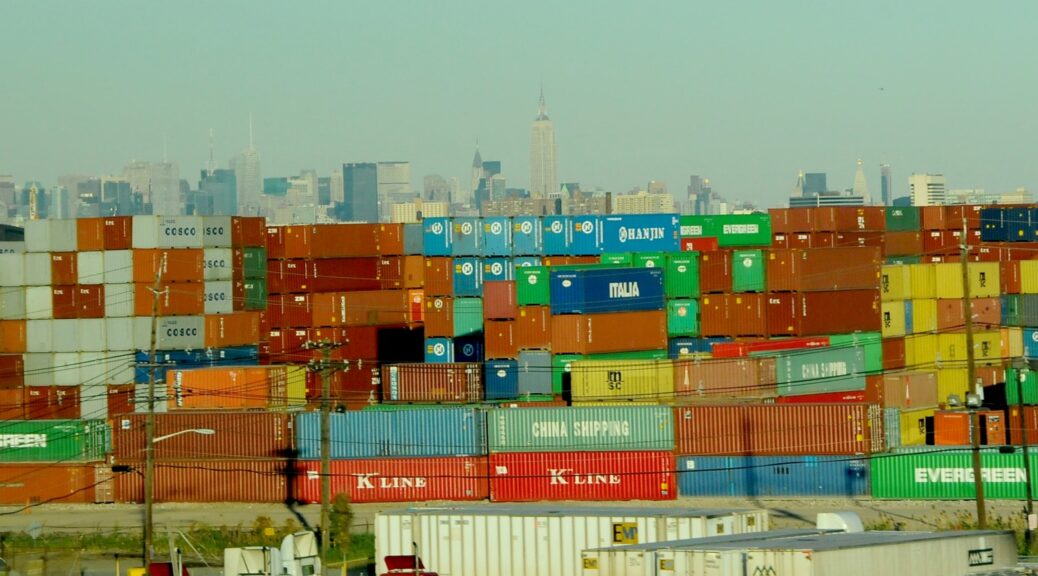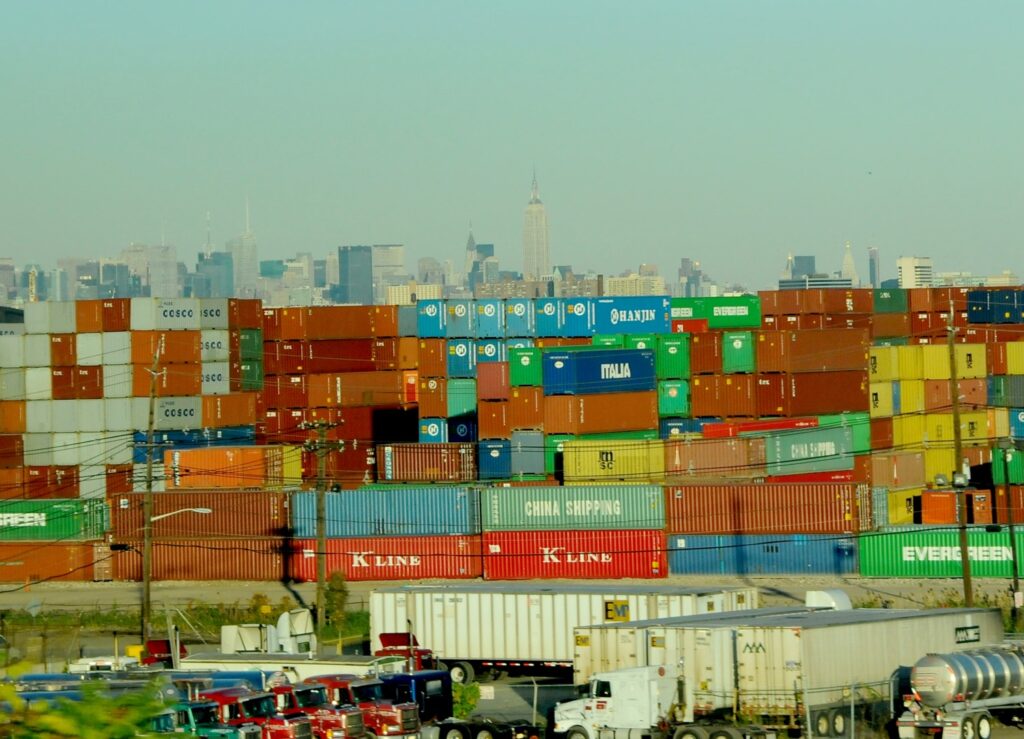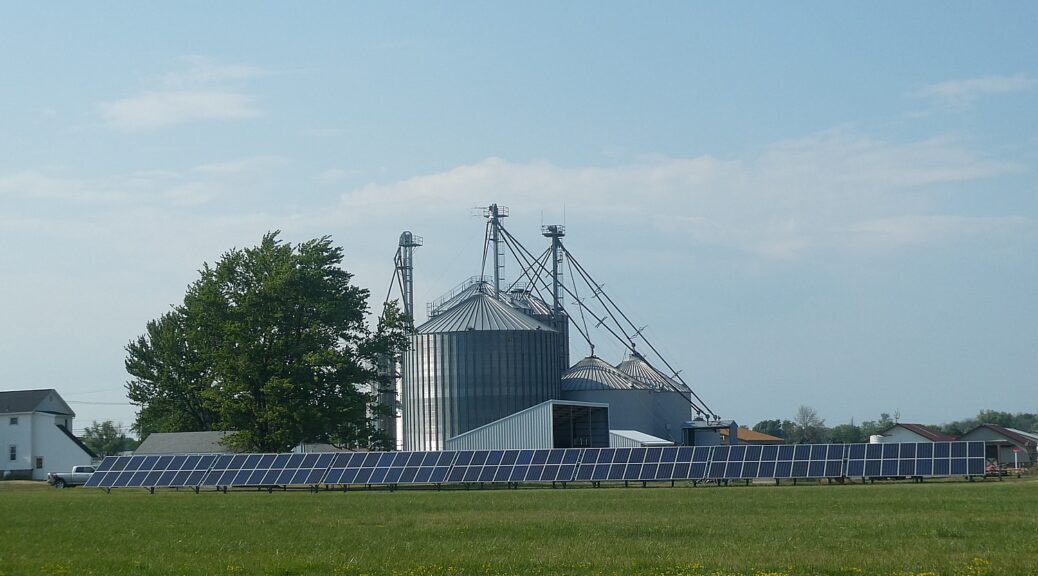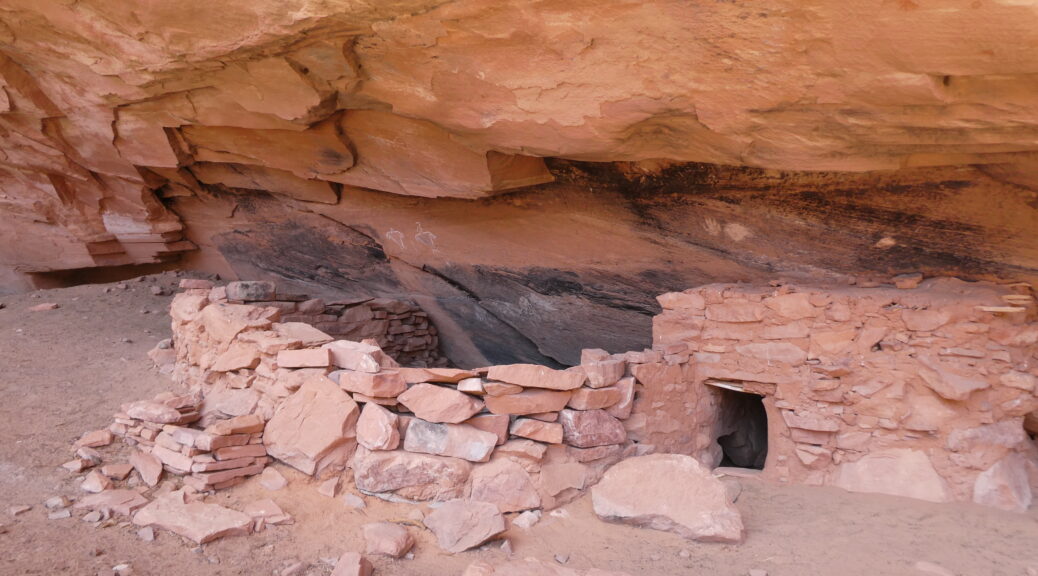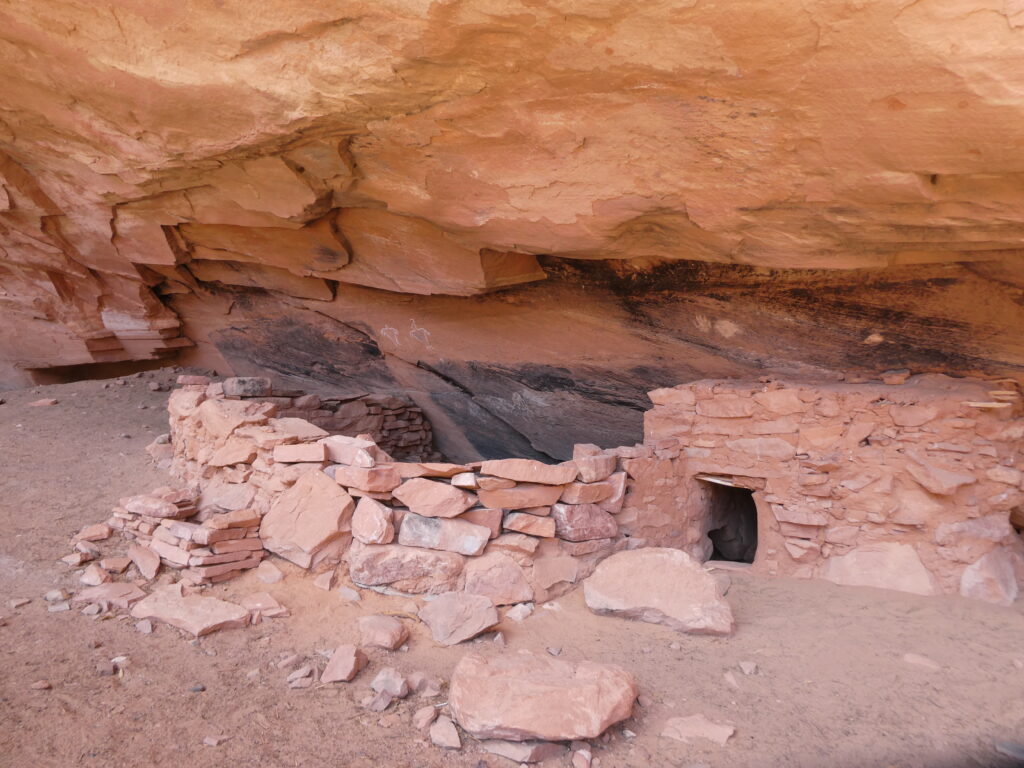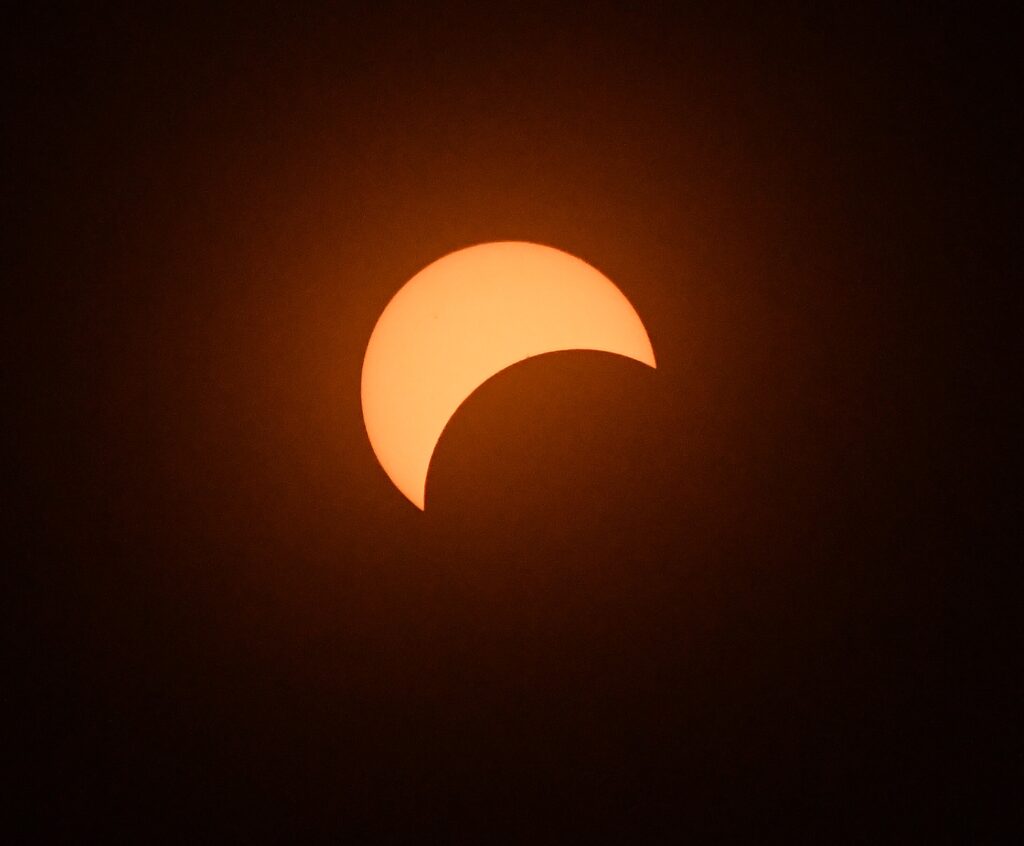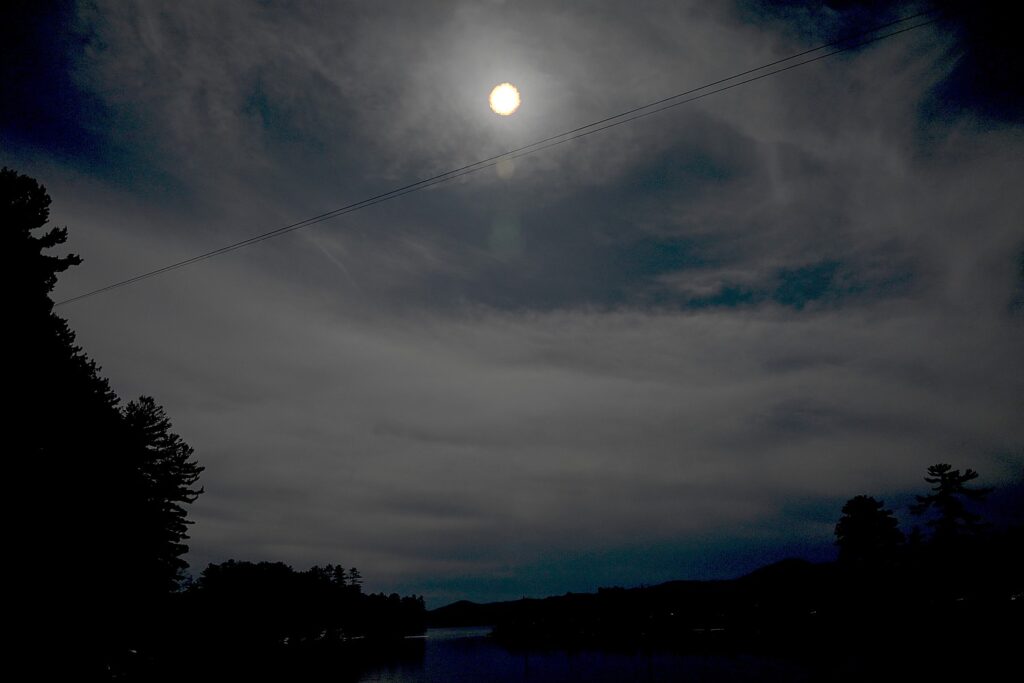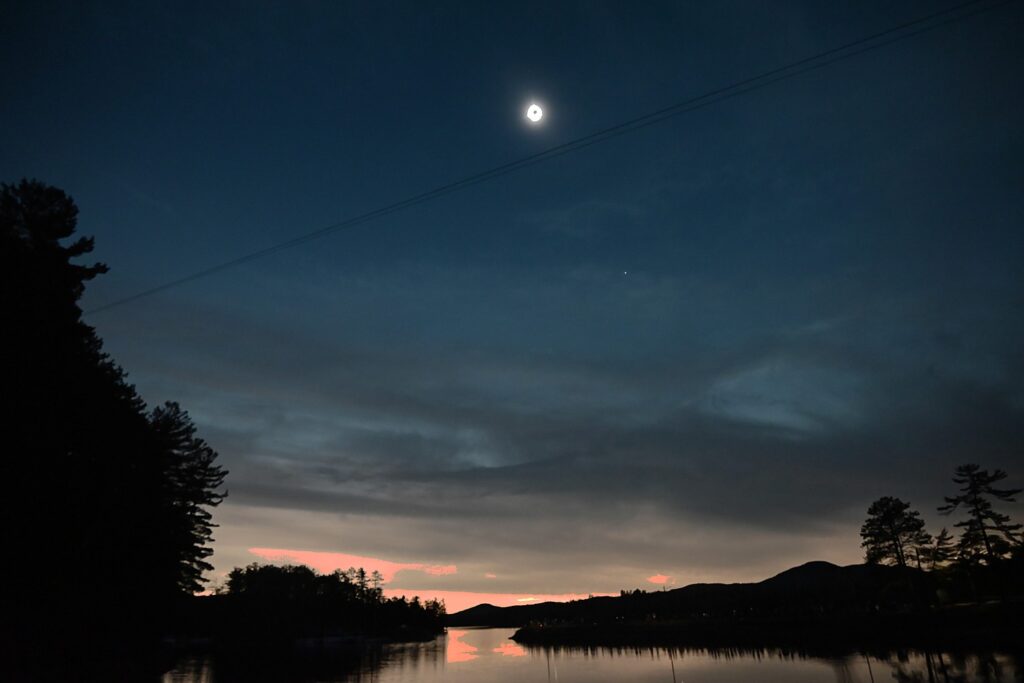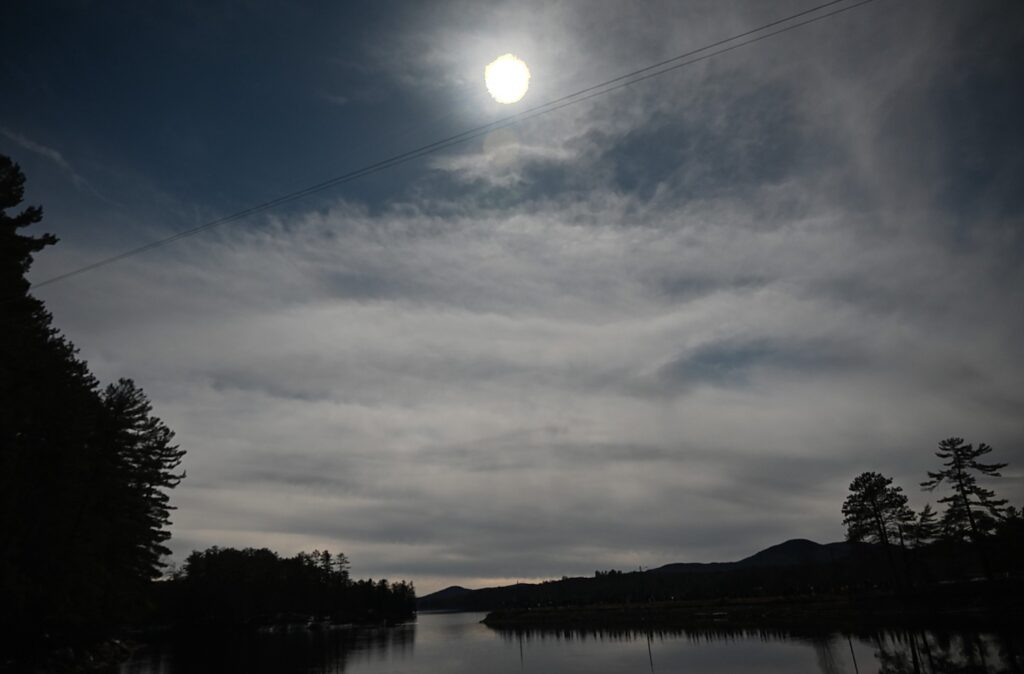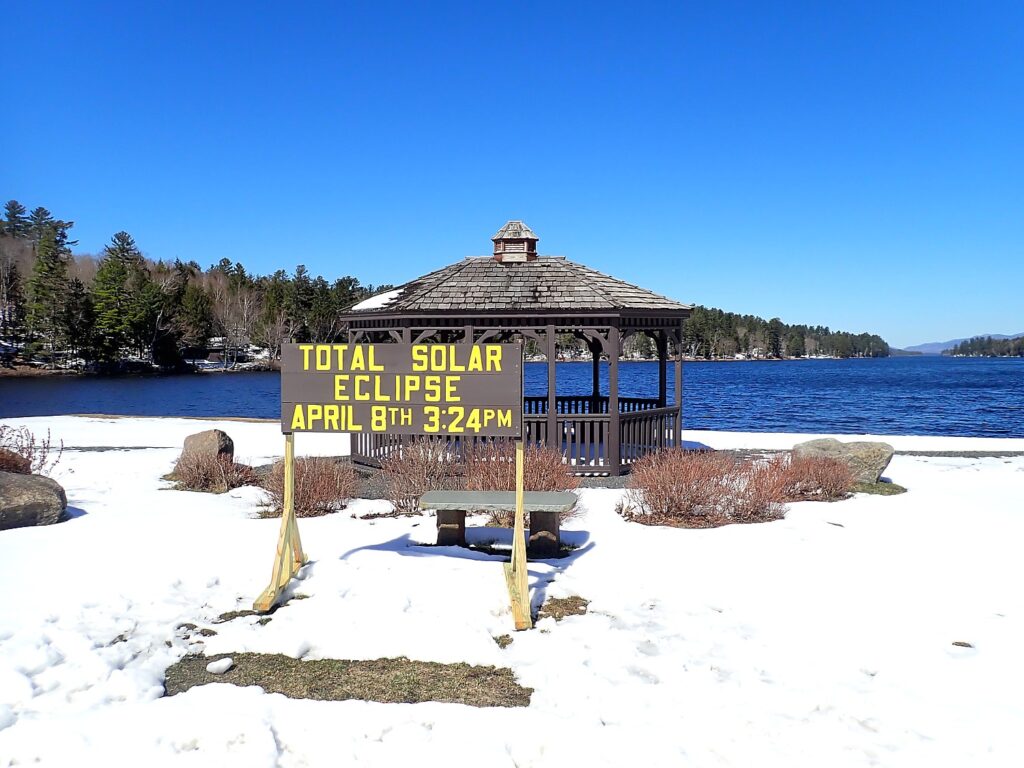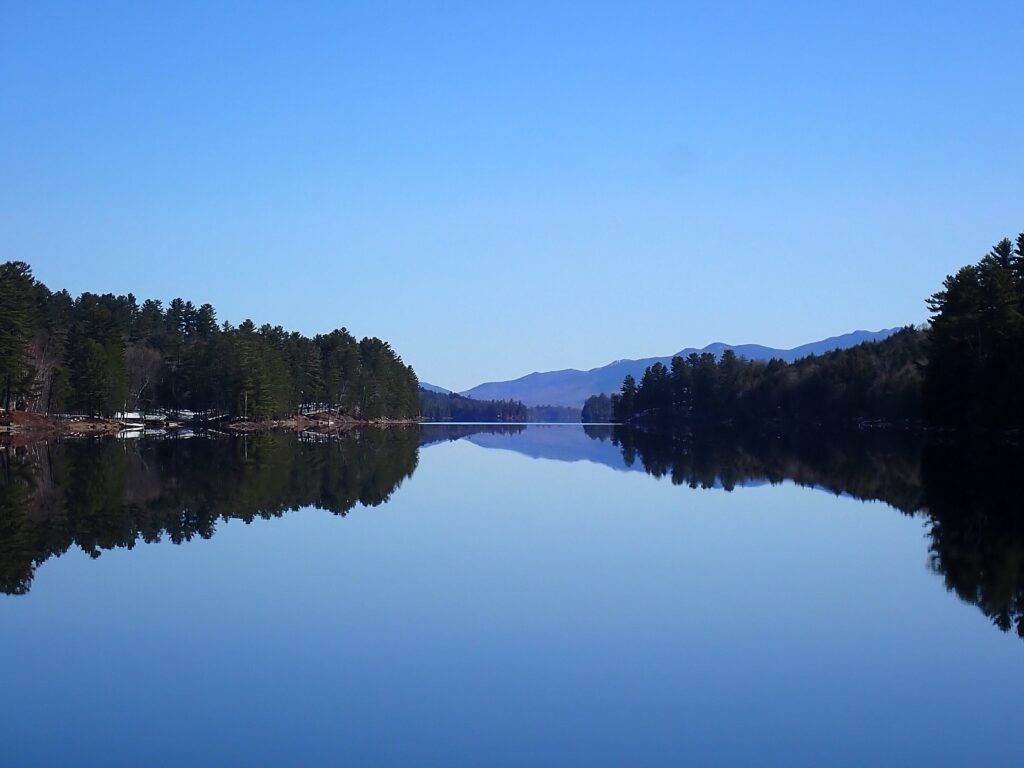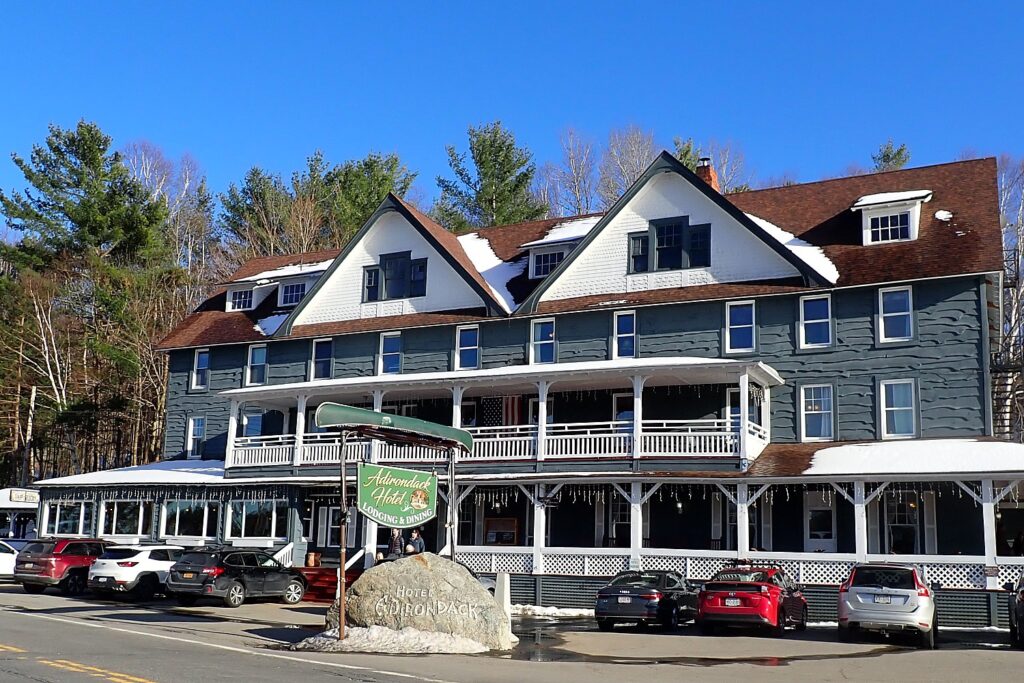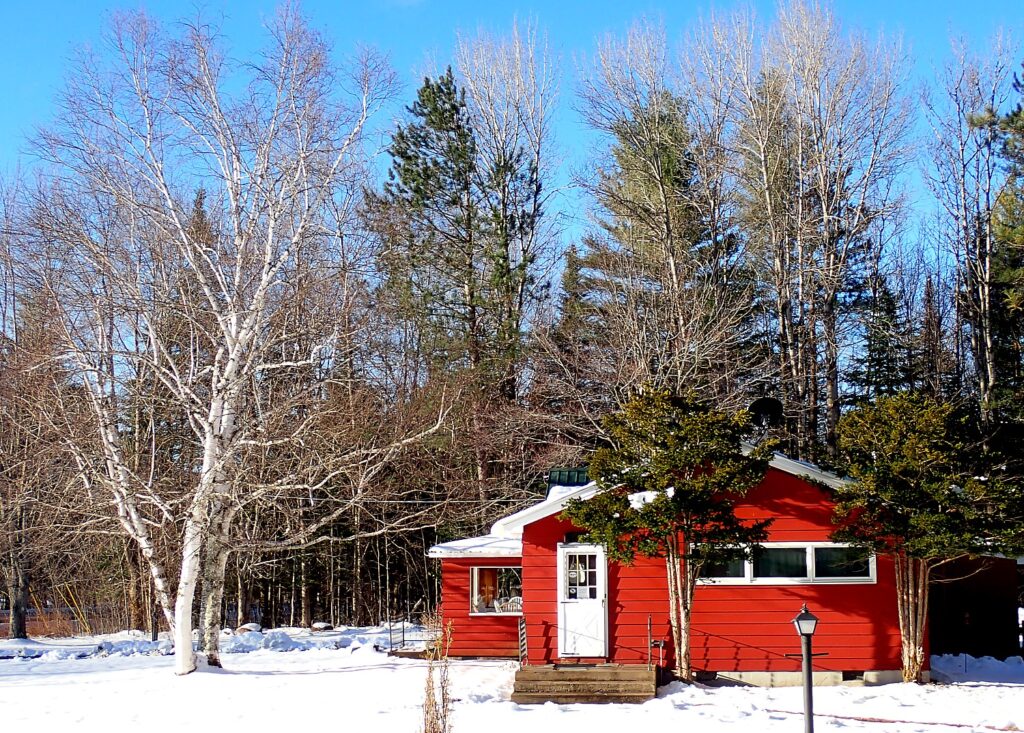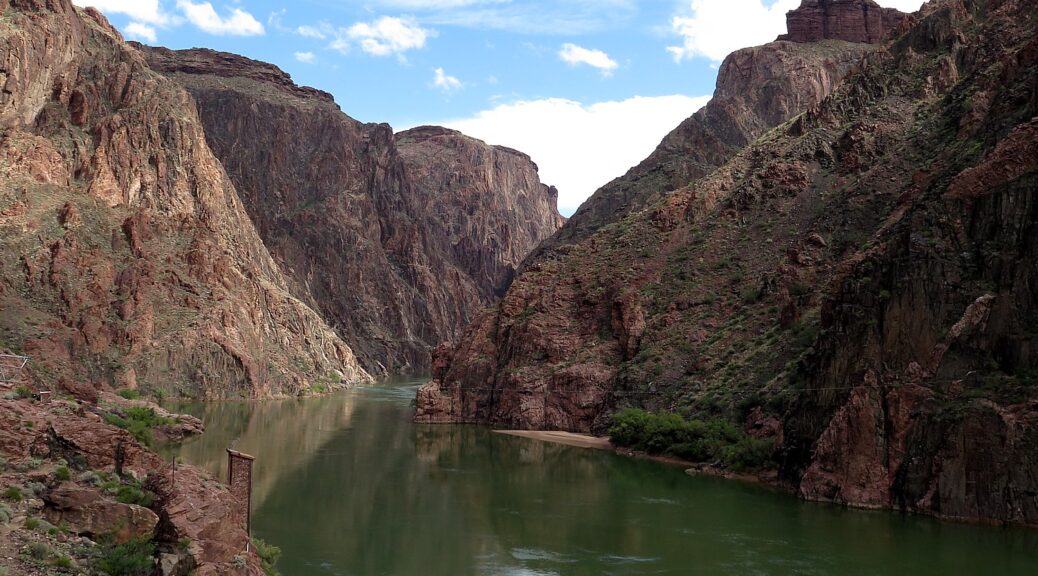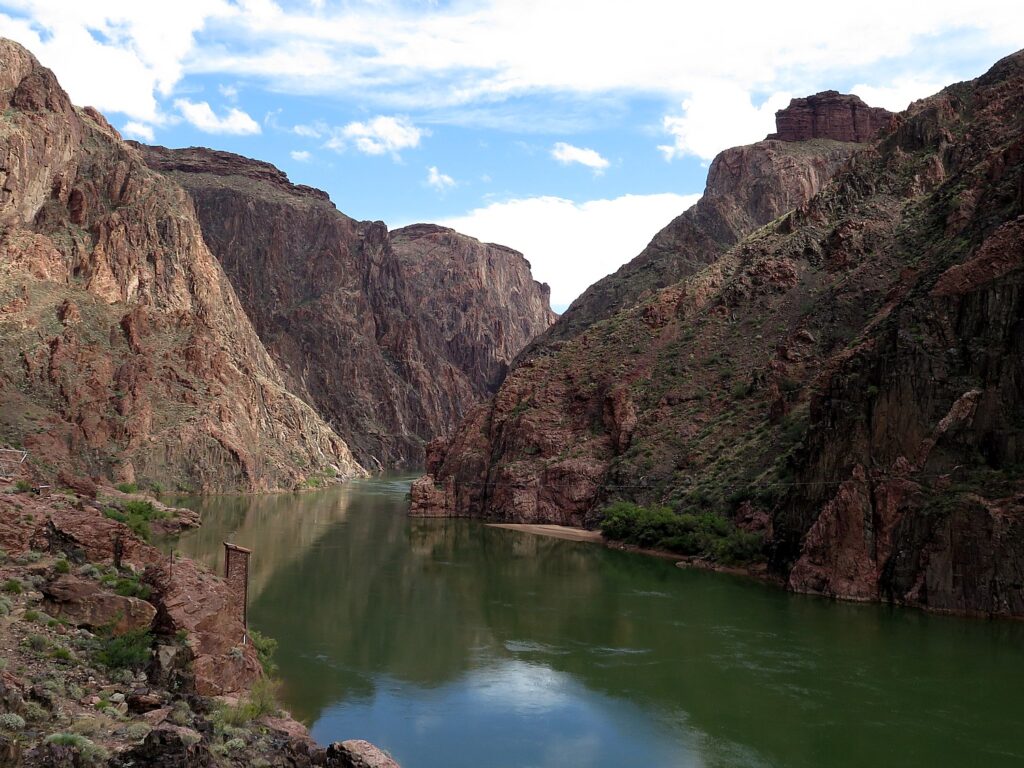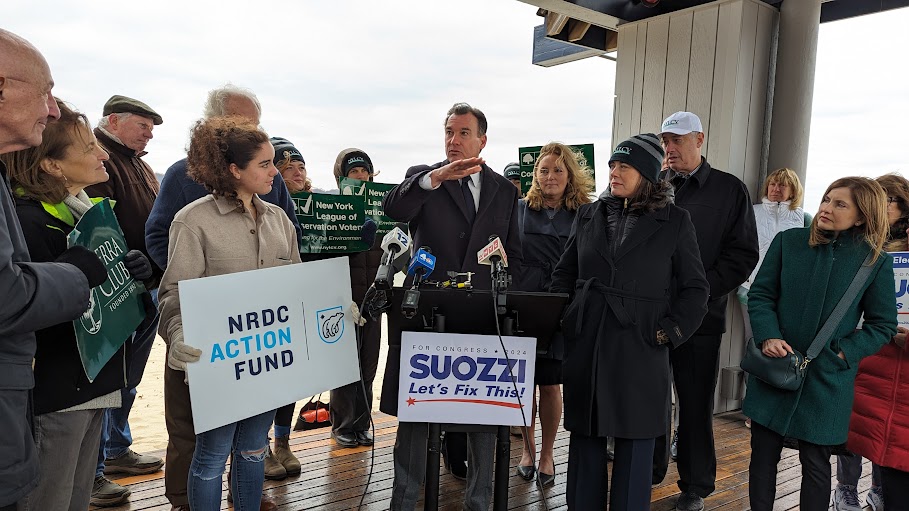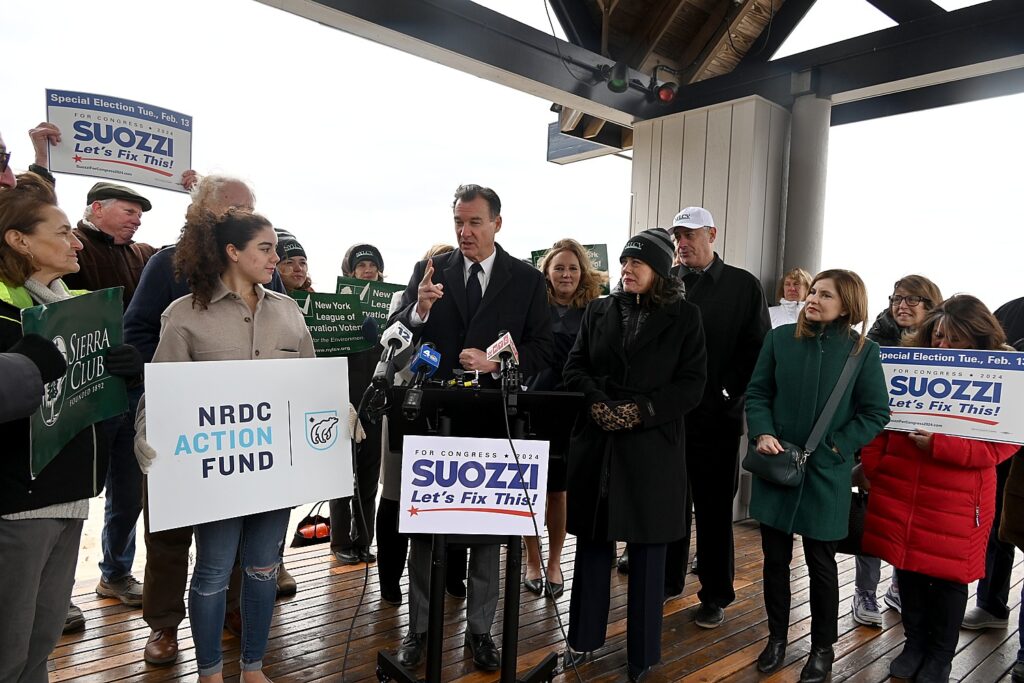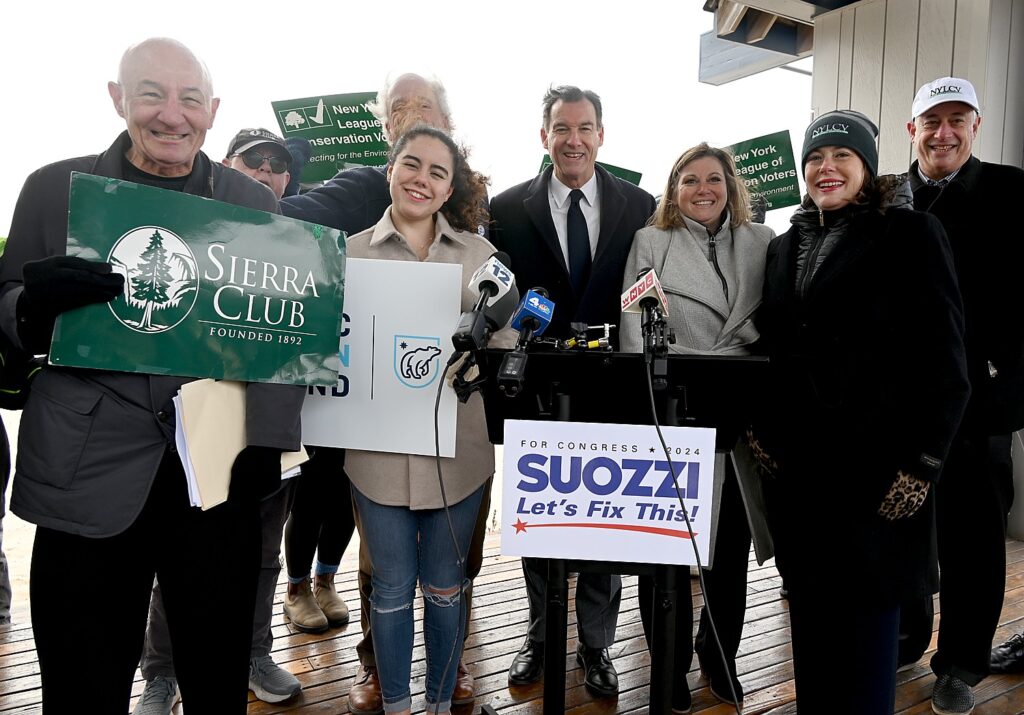This fact sheet on the Biden-Harris Administration’s agency climate adaptation plans to build climate resilience was provided by the White House:
Across the country, communities are experiencing the devastating impacts of climate change. From record-high average temperatures and extreme heat to changing precipitation patterns and sea-level rise, climate impacts – including disasters made worse by climate change – are affecting every corner of society and every community in America. The magnitude of challenges posed by the climate crisis was underscored last year when the nation endured a record 28 individual billion-dollar extreme weather and climate disasters that caused more than $90 billion in aggregate damage. Just this week, more than 82 million Americans have been under heat alerts due to extreme temperatures made worse by climate change. That is why President Biden is leading the most ambitious climate, conservation, and environmental justice agenda in history, which includes directing federal agencies to lead by example.
The Biden-Harris Administration released updated Climate Adaptation Plans developed by more than 20 federal agencies that expand agency efforts to ensure their facilities, employees, resources, and operations are increasingly resilient to climate change impacts like extreme weather. This work advances the Biden-Harris Administration’s National Climate Resilience Framework, which helps to align climate resilience investments across the public and private sector through common principles and opportunities for action to build a climate-resilient nation. These efforts are backed by President Biden’s Investing in America agenda, through which more than $50 billion is being delivered to advance climate adaptation and resilience across the nation, including in communities that are the most vulnerable to climate impacts.
At the beginning of his Administration, President Biden tasked agencies with leading a whole-of-government effort to address climate change through Executive Order 14008, Tackling the Climate Crisis at Home and Abroad. Federal agencies released initial Climate Adaptation Plans in 2021 and progress reports outlining advancements toward achieving their adaptation goals in 2022. With more than 300,000 buildings, four million employees, 640 million acres of public land, and $700 billion in annual purchases of goods and services, the federal government must continue to be a leader and partner in advancing adaptation and resilience.
In coordination with the White House Council on Environmental Quality (CEQ) and the Office of Management and Budget (OMB), agencies updated their Climate Adaptation Plans for 2024 to 2027 to better integrate climate risk across their mission, operations, and asset management, including:
- Combining historical data and projections to assess exposure of assets to climate-related hazards including extreme heat and precipitation, sea level rise, flooding, and wildfire;
- Expanding the operational focus on managing climate risk to facilities and supply chains to include federal employees and federal lands and waters;
- Broadening the mission focus to describe mainstreaming adaptation into agency policies, programs, planning, budget formulation, and external funding;
- Linking climate adaptation actions with other Biden-Harris Administration priorities, including advancing environmental justice and the President’s Justice40 Initiative, strengthening engagement with Tribal Nations, supporting the America the Beautiful initiative, scaling up nature-based solutions, mobilizing the next generation of climate resilience workers through the American Climate Corps, and addressing the causes of climate change through climate mitigation; and
- Adopting common progress indicators across agencies to assess the progress of agency climate adaptation efforts.
Today, the Biden-Harris Administration is making available more than 20 updated Climate Adaptation Plans from major federal agencies. Highlights of key actions to address the effects of climate change on agency operations and mission-delivery include:
- Building facility climate resilience. Agencies are retrofitting and upgrading federal buildings to better withstand climate hazards and provide emergency backup systems for power, water, and communications. For example, the Department of Defense’s Tyndall Air Force Base is working with local, state, and national partners to build an “Installation of the Future,” which includes using updated building codes that capture future conditions, and constructing living shorelines adjacent to the base to preserve water quality, enhance overall ecosystem health, and strengthen flood resilience. The General Services Administration (GSA) is integrating localized flood risk information into its asset management systems, asset planning processes, and site acquisition guidance for GSA-controlled, federally owned buildings.
- Fostering a climate-ready workforce. Agencies are establishing protocols to ensure continuity of operations and safeguard federal employee wellbeing in the face of increasing exposure to climate-related hazards. The Occupational Safety and Health Administration within the Department of Labor is providing resources to help federal agencies address employee exposure to climate hazards such as extreme heat, flooding, and wildfires, with guidance on how to manage impacts and exposure to these hazards. To ensure employee safety, the Department of Energy is enhancing communication systems to alert employees to climate hazards in the workplace and, where needed, improving air filtration standards to manage health impacts of wildfire smoke.
- Developing climate-resilient supply chains. Agencies are assessing mission-critical supply chains, diversifying their suppliers, and encouraging climate-smart sourcing to enhance resilience to climate-related disruptions. The National Aeronautics and Space Administration (NASA) is developing a toolset to analyze risks and address impacts from climate change and real-time disaster disruption on NASA’s supply chains. The U.S. Army Corps of Engineers is evaluating suppliers’ locations, infrastructure, and vulnerability to climate-related risks, including identifying critical supply chain nodes vulnerable to climate change impacts, such as ports, warehouses, and transportation routes.
- Managing lands and waters for climate adaptation and resilience. Federal land and water management agencies are protecting, connecting, and conserving federal lands and waters to provide strongholds for species and enhance community wellbeing in a changing climate. The National Oceanic and Atmospheric Administration (NOAA) within the Department of Commerce continues to advance its Mission Iconic Reefs Initiative, a first-of-its-kind effort to restore coral reef sites and promote coastal resilience to climate impacts in the Florida Keys National Marine Sanctuary. The Department of the Interior is advancing “Keystone Initiatives” that include restoring Atlantic salt marshes to buffer coastal communities to flooding, supporting watershed restoration projects in the Klamath Basin to improve drought resilience, conducting fuels management activities in sagebrush ecosystems to manage wildfire risk.
- Applying climate data and tools to decision-making. Agencies are using data and tools to better understand climate risks and inform decisions and investments. CEQ worked with NOAA to develop a beta screening tool that enabled agencies to overlay their buildings and employee data with climate hazard data to understand where agencies may be most exposed to climate-related hazards. Agencies are developing their own internal tools to understand site-specific climate risks to their assets and use that risk information to inform their investments. The Department of Transportation’s Climate Hazard Exposure and Resilience Tool integrates high-quality, publicly available natural hazard and climate projection data layers with vulnerability assessments from site managers to present a climate risk score for each facility or asset. The Department of Justice’s Facility Climate Hazard Assessment Tool supports components in assessing the extent to which their real property assets are exposed to current and future climate hazards, including coastal flooding, extreme heat, drought, wildfire, riverine flooding, hurricanes, and tornadoes.
- Developing climate-informed policies and programs. Agencies are incorporating consideration of climate impacts and adaptation actions in federal policies and guidance, where relevant. For example, the U.S. Department of Agriculture’s Forest Service is updating or proposing climate-informed revisions to guidance and policies related to silviculture practices, beneficial uses of forest restoration byproducts, recreation, and designated areas planning, habitat and water resource management, and forest-level land management planning. The Department of Veterans Affairs is integrating health, demographic, and climate change information to anticipate the effects of climate change on Veterans’ health and plan for adjustments to their program delivery in the future. The Environmental Protection Agency is integrating consideration of climate risks into multiple actions as appropriate and where consistent with its statutory authorities: for example, in the development of rules, policy and guidance; permitting and environmental reviews; in monitoring, enforcement, and compliance activities; and in grant making.
- Integrating climate resilience into external funding opportunities. Agencies are encouraging the consideration of climate impacts on federally-supported projects and advancing climate resilience through federal project delivery and grant-making, including incorporating climate-smart infrastructure practices across the Administration’s historic infrastructure investments. Department of State Bureaus have reviewed grant and foreign assistance announcements and requirements to ensure relevant grants and foreign assistance include climate risk and adaptation considerations. The Department of Housing and Urban Development is including climate change preference points in Notices of Funding Opportunities to encourage applications that invest in climate resilience, energy efficiency, and renewable energy. The Department of Homeland Security’s Federal Emergency Management Agency continues to incentivize and support climate adaptation at state and local levels via financial assistance programs such as the Hazard Mitigation Grant Program, the Flood Mitigation Assistance program, and the Building Resilient Infrastructure in Communities program.
The agencies releasing updated Climate Adaptation Plans are:
- Army Corps of Engineers
- Department of Agriculture
- Department of Commerce
- Department of Defense
- Department of Education
- Department of Energy
- Department of Health and Human Services
- Department of Homeland Security
- Department of Housing and Urban Development
- Department of the Interior
- Department of Justice
- Department of Labor
- Department of State
- Department of the Treasury
- Department of Transportation
- Department of Veterans Affairs
- Environmental Protection Agency
- General Services Administration
- National Aeronautics and Space Administration
- National Archives and Records Administration
- National Capital Planning Commission
- Smithsonian Institution
- Social Security Administration
- Tennessee Valley Authority
All plans are available at www.sustainability.gov/adaptation.

